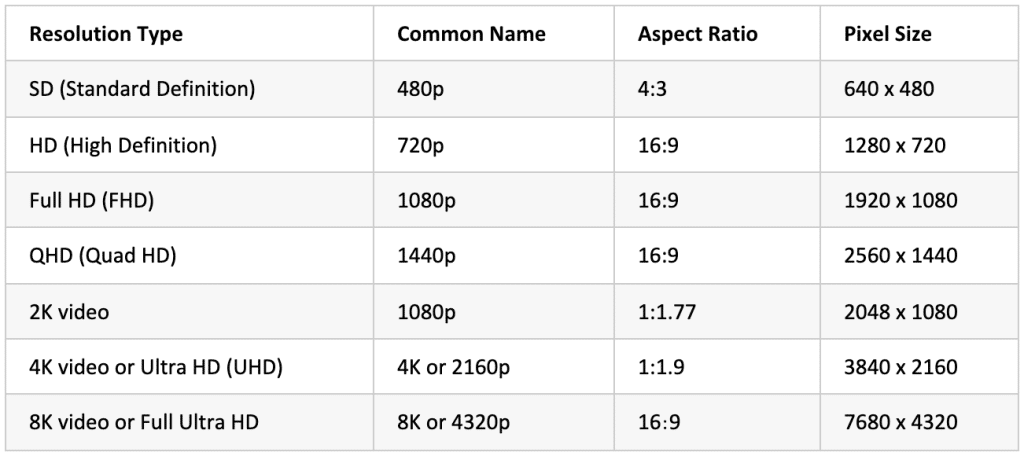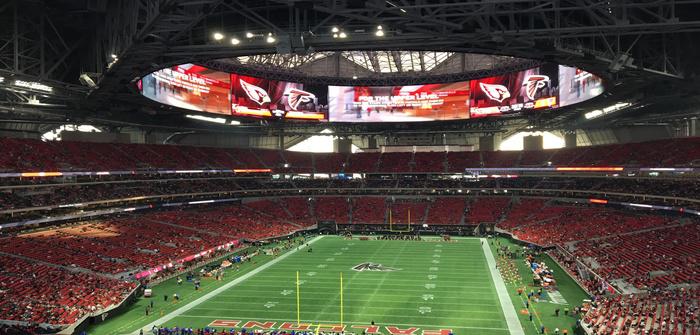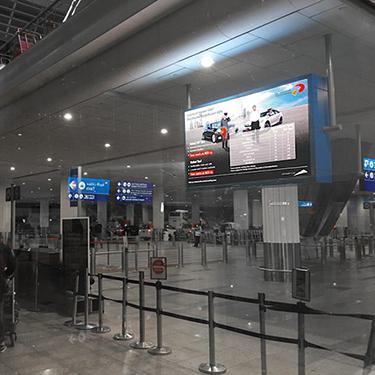When it comes to selecting the right pixel pitch for an outdoor LED display, the decision can be overwhelming, especially with the numerous options available in the market. The pixel pitch, which refers to the distance between the centers of two adjacent pixels, plays a crucial role in determining the image quality, resolution, and overall performance of the LED display.
In this article, we will explore the best pixel pitch for outdoor LED displays, considering factors like viewing distance, ambient light, content type, and budget. By the end of this article, you’ll have a clear understanding of how to choose the most suitable pixel pitch for your outdoor LED display needs.
Key Factors to When Choosing Pixel Pitch for Outdoor LED Displays
1. Resolution and Image Quality
The pixel pitch directly impacts the resolution and image quality of the LED display. A smaller pixel pitch means more pixels are packed into a given area, resulting in a higher resolution and sharper images. However, smaller pixel pitches are more expensive and may not always be necessary, especially for large-scale outdoor displays where the viewing distance is significant.

For outdoor LED displays, the resolution should be high enough to deliver clear and visible content, but it doesn’t need to be as high as indoor displays, where viewers are typically closer to the screen. For example, a pixel pitch of P10 is often sufficient for large outdoor billboards viewed from a distance, while a smaller pixel pitch like P6 or P8 is more suitable for smaller screens or those placed in areas with closer viewer proximity.
2. Viewing Distance
One of the most critical factors in choosing the right pixel pitch is the viewing distance. The optimal viewing distance is the distance at which the human eye can no longer discern individual pixels, ensuring a smooth and seamless visual experience.
Here’s a general rule of thumb:
P16 to P20 Pixel Pitch: Suitable for very large outdoor displays viewed from a distance of 15-20 meters or more.
P10 to P14 Pixel Pitch: Ideal for medium-sized outdoor displays viewed from 8-15 meters.
P6 to P8 Pixel Pitch: Best for smaller outdoor displays or those placed in areas where viewers are closer, such as 3-8 meters.
3. Outdoor Environment and Ambient Light
Outdoor LED displays are exposed to sunlight and varying ambient light conditions, which can affect their visibility and performance. To ensure optimal visibility, the display must have sufficient brightness and contrast.
While the pixel pitch itself doesn’t directly affect brightness, it does impact the overall light output. Smaller pixel pitches generally allow for higher brightness since more LEDs are packed into the same area. However, this can also lead to a higher power consumption.
For extreme sunlight conditions, it’s essential to choose an LED display with high-brightness LEDs and a wide viewing angle to maintain visibility even during peak daylight hours.
4. Content Type
The type of content you plan to display also influences the choice of pixel pitch. For example:
Video Content: Requires a higher resolution and smaller pixel pitch to maintain smooth motion and detail.
Text and Graphics: Can work well with a larger pixel pitch, as text and graphics are less demanding in terms of resolution.
Advertising and Information Displays: A medium pixel pitch like P8 or P10 often strikes a balance between clarity and affordability.
5. Budget and Cost
Pixel pitch is one of the primary factors that determine the cost of an LED display. Smaller pixel pitches are more expensive due to the higher density of LEDs and the advanced technology required. Therefore, it’s crucial to balance your budget with the performance requirements of your display.
While it’s tempting to opt for the smallest pixel pitch available, it might not always be necessary or cost-effective for outdoor applications. A larger pixel pitch like P10 or P12 can deliver excellent results for large-scale displays.
Technical Considerations for Outdoor LED Display Pixel Pitch
1. Pixel Pitch Options for Outdoor Displays
1. Pixel Pitch Options for Outdoor Displays
Here’s a breakdown of common pixel pitch options for outdoor LED displays:
P2.5 to P3: These are extremely fine pixel pitches, typically used for indoor applications where viewers are very close to the screen.
P4 to P6: These pixel pitches are suitable for smaller outdoor displays or those placed in areas with closer viewer proximity, such as shopfronts or small public spaces.
P8 to P10: These are the most popular choices for outdoor LED displays, offering a good balance between resolution, cost, and visibility.
2. Durability and Weather Resistance
Outdoor LED displays are exposed to harsh weather conditions, including rain, snow, dust, and extreme temperatures. When choosing a pixel pitch, it’s essential to select a display module that is weather-resistant and durable.
Look for IP65 or higher ratings, which indicate that the display is protected against dust and water ingress. Additionally, ensure that the display is designed to handle UV exposure, as sunlight can cause degradation over time.
3. Energy Efficiency
Energy consumption is a critical consideration for outdoor LED displays, especially for large-scale installations. When selecting a pixel pitch, consider the overall power consumption and how it aligns with your energy usage goals. Some LED displays also come with features like automatic brightness adjustment, which can help reduce power consumption during low-light conditions.
Case Studies
1. Successful Outdoor LED Display Installations
Airports use P6 or P8 pixel pitch LED displays for advertising and information screens, where viewers are typically 3-6 meters away.
Large stadiums often opt for P8 to P10 pixel pitch displays, which provide excellent visibility for large audiences while maintaining a reasonable budget.

Traditional billboards often use P10 to P12 pixel pitch displays, which are cost-effective and deliver clear, legible content even at great distances.
2. Challenges and Solutions
Glare and Reflection: Outdoor LED displays often face issues with glare from sunlight. To mitigate this, consider anti-glare coatings or selecting displays with high contrast ratios.
Weather Damage: Ensure that your display is designed for outdoor use with weather-resistant materials and certifications.
3.Maintenance and Longevity
Clean the display regularly to ensure optimal brightness and visibility. Dust and dirt can degrade the performance of the LEDs over time.
The lifespan of an LED display can range from 50,000 to 100,000 hours depending on usage and environmental conditions. Higher-quality displays with proper maintenance can last for many years.
Conclusion
Choosing the best pixel pitch for your outdoor LED display involves a careful balance of resolution, viewing distance, content type, and budget. While smaller pixel pitches offer higher resolution, they may not always be necessary or cost-effective for outdoor applications. For most outdoor LED displays, pixel pitches like P8 or P10 strike an excellent balance between performance and cost.
FAQ Pixel Pitch for Outdoor LED Display
1. What is the best pixel pitch for outdoor LED displays?
The best pixel pitch for outdoor LED displays depends on the viewing distance, content type, and budget. Common choices include P3, P4, P5, P6, P8 and P10, which are well-suited for most outdoor applications.
2. Can I use a small pixel pitch like P2.5 for outdoor displays?
While technically possible, P2.5 is typically used for indoor applications where viewers are very close to the screen. For outdoor displays, smaller pixel pitches like P6 or P8 are more practical, balancing resolution and cost.
3. How does ambient light affect pixel pitch choice?
Ambient light can reduce the visibility of outdoor LED displays. To ensure optimal visibility, choose a display with high brightness and contrast. Smaller pixel pitches generally allow for higher brightness, but larger pixel pitches can also perform well with proper calibration.
4. What is the relationship between pixel pitch and viewing distance?
The viewing distance is directly related to the pixel pitch. A smaller pixel pitch allows for a closer optimal viewing distance, while larger pixel pitches are designed for viewing at greater distances.
5. Is a P10 pixel pitch display suitable for advertising billboards?
Yes, P10 is an excellent choice for large-scale advertising billboards viewed from a distance of 8-12 meters or more. It offers a good balance of resolution, cost, and visibility.

